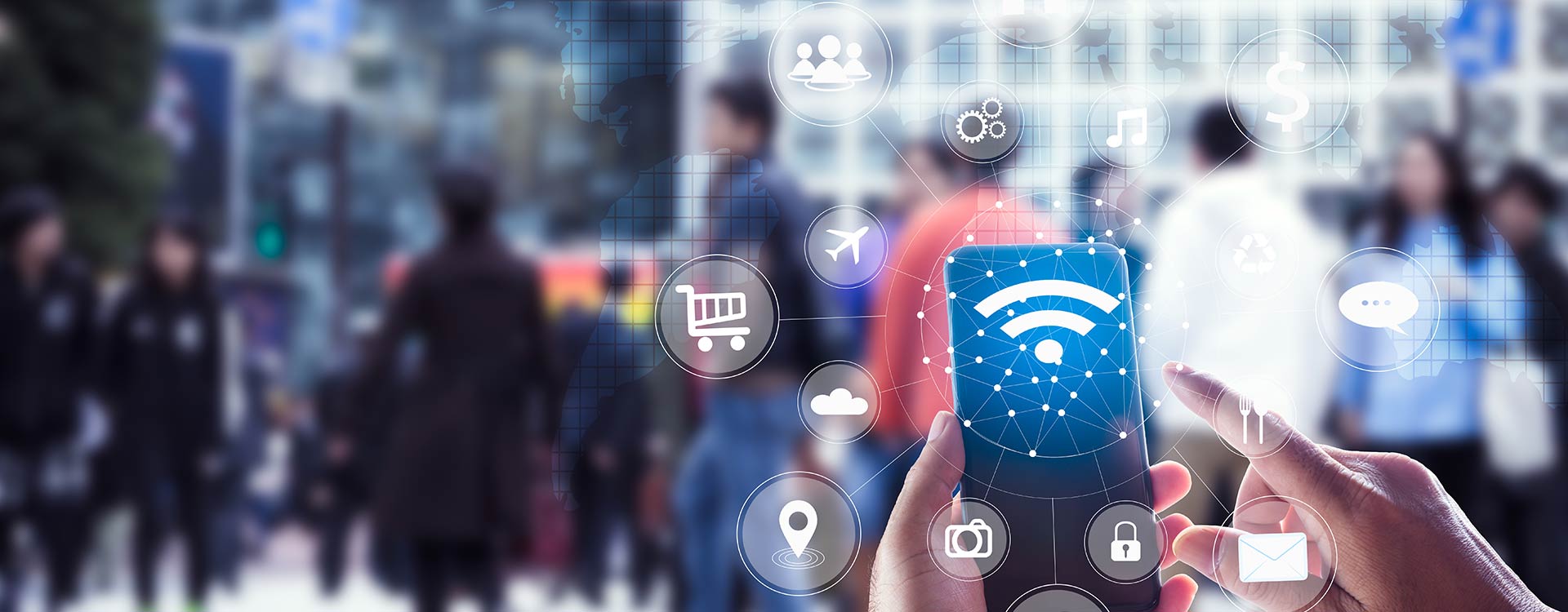
As we enter the second half of the year, it is a good time to take some time to reflect. By all measures, the 2020s have not started out with a roar. The global pandemic has affected everything – our lives, our livelihoods, and our lifestyles. Many of us are adapting to working from home, schooling remotely, and entertaining ourselves, while still faced with an uncertain future. Even our stalwart standbys like sports, theater, and live music can no longer provide a happy distraction. We’re all looking for some good news as the second half of the year takes shape.
At the same time, society is undergoing a massive transformation, spurred by the tragic death of George Floyd. Individuals, companies, and governments are having difficult – but necessary – conversations about race, privilege, and injustice. This work is critical, and although there is certainly a role for technology to play in enabling these discussions, real progress will have to come from actions beyond technology.
Coming to a device near you
Technology itself has been a mixed bag in 2020. We’ve encountered the overstepping of our privacy boundaries, cyberattacks ransoming our secrets, and bandwidth issues while working, schooling, and entertaining from home. While innovation continues, there has been a lack of the usual killer features coming out in exciting new phones and devices – or at least of our demand for them. With no one around to see our latest mobile phone, why buy one?
Technology, with the right security, has the capacity to move us ahead despite the negative forces. We are on the cusp of implementing new advances in technology with a global 5G communications fabric, artificial intelligence being used for the public good, and identity systems that we opt into to help us secure our environments. These technologies are coming to a device near you, and they have the potential to enhance the way technology can help us.
I didn’t pick these emerging technologies randomly – they are three of the key technologies from the National Cyber Moonshot report that I helped author in 2018. The report was the result of a request to the President’s National Security Telecommunications Advisory Council to review how we could make the Internet safe and secure for critical infrastructure. We determined that in order to do so (you’re invited to read the full report here), we have to do six things much better. We need to address “K through grey” cyber education, establish a trusted ecosystem of providers, adopt and enforce privacy from the inside out, adjust policy to incent innovation and safety, improve user behaviors, and widely deploy and adopt these new technologies into our everyday lives.
The National Cyber Moonshot team is making progress with these imperatives. We have already launched workshops on the trusted ecosystem and cyber education, with privacy, policy, and behavior soon to follow. Which brings me to my optimism about technology – these technologies are all real and indeed powerful when used for good.
Take 5G, for example. 5G is much more than 4G plus one – it’s peer-to-peer, near-zero latency, wicked fast, privacy-enhanced and highly securable. 5G will change the very fabric of our global communications, enabling billions of devices that were never connected in the past to communicate in real time. Think not just of smart cars but smart roads, of secure networks that create themselves as needed then dissolve when they’re not, of thousands of sensors in your world to support you, to assist you, and to defend you. 5G will enable all of that, and entire new tools, technologies, and companies will emerge to fully leverage it on your behalf. 5G is indeed coming, and technology leaders are working now to determine how to harness it for good.
But there is a dark side to each of these technologies. Governments around the world are already warning about some of the potential security risks that could come with problematic implementations of 5G. We are all much savvier to the dangers of misusing identity systems, particularly facial identity systems, and anyone who has seen 2001: A Space Odyssey, or the like, has some understanding of the dangers of artificial intelligence.
Reason for optimism
While all of the goodness is possible, we need to be focused on the pillars discussed above to ensure we don’t wind up on the negative side of the ledger. This is a tough sell for now. The 2020 Unisys Security Index™ shows that less than one in three (31%) Americans are concerned about cybercrime despite a 400% rise in COVID-19-related cyberattacks, according to the FBI. This is understandable given the severity of the pandemic.
While it is neither easy nor automatic to get cybersecurity right as a society, there is reason for optimism. Yes, it’s been a rough start to this decade, and we have seen firsthand that technology does not have ready solutions for some of our most important challenges, but it is still worthy of our attention. Secure technology deserves a chance.



















